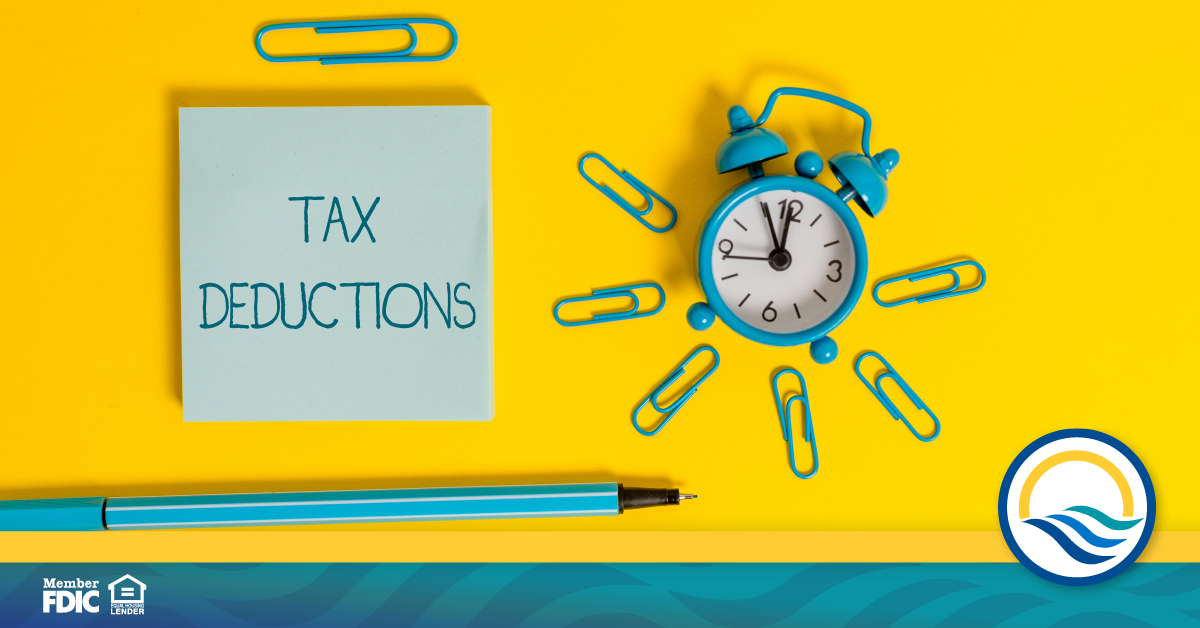Understanding the Section 179 Deduction

The Section 179 tax deduction is an important tool for small businesses. Instead of buying eligible business equipment and spreading out tax deductions for it over a period of years based on depreciation, business owners can use Section 179 to write off the full value of that purchase for the current year’s taxes. When used properly, this deduction can promote growth by lowering tax bills and helping small businesses afford needed investments.
How does the Section 179 deduction work?
Section 179 allows you to immediately deduct the entire cost of certain items. Per an article by Adam Hayes for Investopedia, for the 2022 tax year, businesses can deduct up to $1.08 million in qualifying Section 179 purchases. Businesses that have purchased up to $2.7 million of equipment in 2022 can qualify, but any spending above this amount results in a corresponding reduction of the $1.08 million that can be deducted.
To claim the Section 179 deduction, you’ll need to keep track of all the business equipment purchases you wish to deduct, listing them on Form 4562 when tax time arrives. IRS rules state that you can’t claim a Section 179 deduction that’s larger than your business’s annual taxable income.
According to an article by Nora O’Malley for The Balance, each item you wish to claim for Section 179 must be “placed into service” the same year it’s purchased. So, for example, if you bought a business item in one year but didn’t begin using it until the following year, it wouldn’t qualify for the deduction.
What items are eligible for Section 179?
The Section 179 deduction is limited to business equipment that you buy, so it generally doesn’t apply to real estate, buildings, intellectual property rights, or anything leased. To qualify for the deduction, the equipment you purchase must be used for business at least 50% of the time and expected to last over a year. You also can’t deduct something you bought from a close relative or received as a gift.
Beyond those limitations, “business equipment” applies to an exceptionally broad range of purchases, O’Malley notes. Machinery, computers and software, office furniture, and appliances are just a few of the items that qualify. Non-structural building improvements to non-residential buildings, like a new roof or an HVAC system, are eligible as well.
Section 179 can also be used to claim deductions for vehicles, but specific rules and limitations apply. For example, the cost of passenger vehicles that can be used for both personal and business purposes can’t always be deducted in full. There’s one deduction limit for vehicles under 6,000 pounds and another higher one for vehicles between 6,000 and 14,000 pounds. However, vehicles designed for nonpersonal use only — like delivery vans, ambulances, or work trucks — aren’t subject to deduction limits.
As you decide whether to claim Section 179 deductions for your company, it’s important to seek out assistance in navigating all the relevant rules and regulations. A tax professional can help you with this — and also guide you through the other deductions, like bonus depreciation and regular depreciation, that might also be financially beneficial for your business. With the right guidance, and if it’s appropriate for your specific situation, you can turn Section 179 into a powerful tool to help your business thrive.
